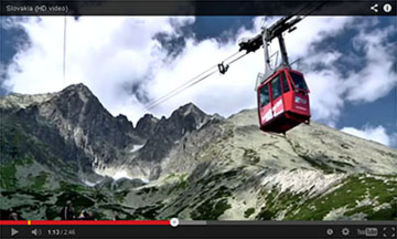The collections of Mining Museum in Rožňava contain a unique technical rarity – the third oldest steam road roller in the world. The machine was manufactured by Aveling & Porter in Great Britain in 1883 with the manufacturing number of 1904.
The oldest machine, made in 1878 with the number of 1457, has been preserved in Oslo, Norway, while the second oldest, with the number of 1760, made in 1882, is located in Nottinghamshire, England. The Tasmanian machine made in 1883 with the manufacturing number of 1930 was considered the third oldest until 2005, when this title was seized by the one from Rožňava.
The roller of the total weight of 15 t used to be powered by a single-cylinder horizontal steam engine with the net power of some 5.2 kW and working (boiler) pressure of 0.8 MPa. The steamroller was manufactured as the only one of its nominal weight for the French customer - S. Bourdin (M. § L.).
The machine was originally equipped with a road surface scarifier installed on the rear axle. Rollers of this, so-called English type were designed for gravel and macadam road surface finishing. Such surfaces sometimes needed to be ripped first. Later on, with the introduction of resinous surfaces (for which the so-called French type rollers had been designed), the useless scarifier was cut off.
In 1948, the machine was owned by Billik, Schick & spol. from Prague. Since 1950, it had belonged to the Prague Community Services equipment, from where it was delivered to the National Technical Museum in Prague. It arrived in Rožňava in 1959. However, it is still unclear how and when it got from France to Prague.
Its last driver made the roller operable at the Mining Museum courtyard in 1959. The steam roller was supposed to be used to finish the road around the then-built laundry in Rožňava. However, as water was gushing from the steam unit cylinder, the machine did not receive an operation permission.
Author: Pavol Horváth (BM)








